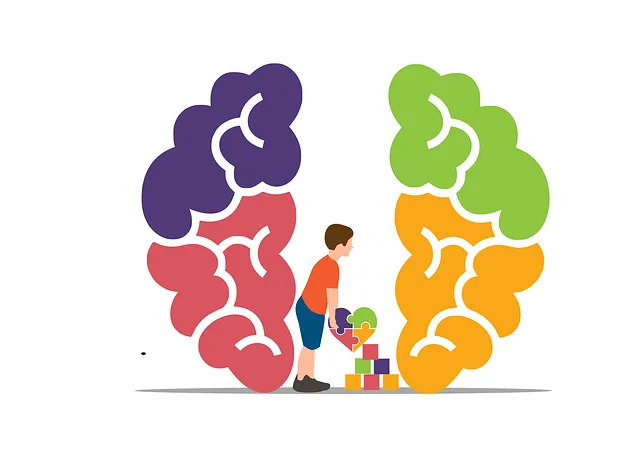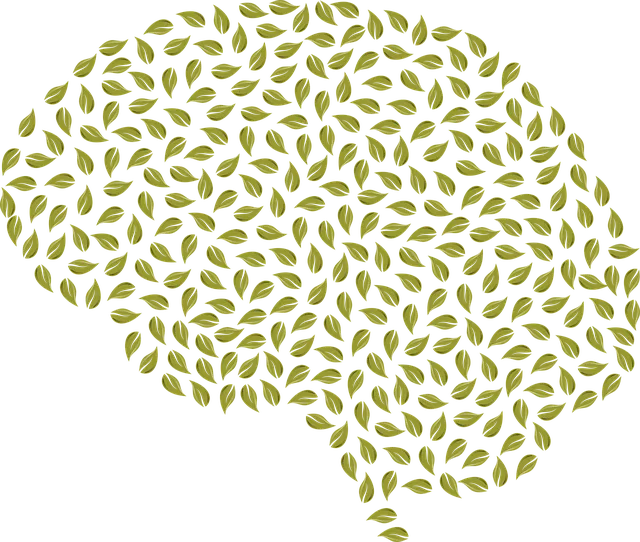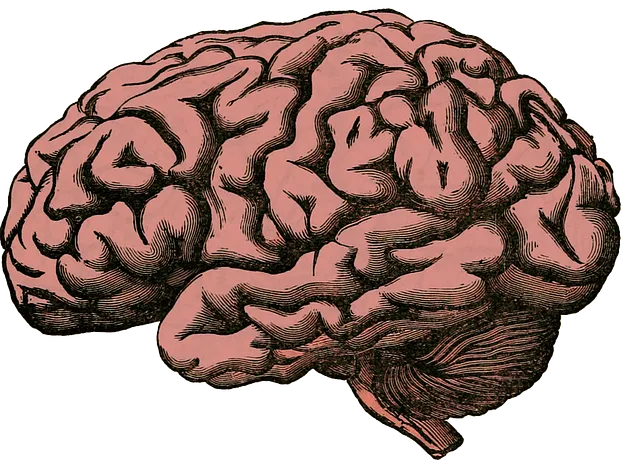Highlands Ranch Kaiser Permanente behavioral health providers use a multi-faceted approach to evaluate mental wellness programs, combining quantitative data (like anxiety levels measured through PHQ-9) and qualitative feedback from clients. This method provides insights into program effectiveness in fostering positive thinking, social skills, and self-esteem, allowing for tailored interventions. Active stakeholder engagement involving providers, community leaders, and individuals with lived experiences is key to ensuring evaluations address both measurable outcomes and qualitative aspects like participant satisfaction.
Mental wellness program evaluations are crucial for measuring the effectiveness of initiatives, such as those implemented by Highlands Ranch Kaiser Permanente. This article explores various evaluation methods used to assess the impact of mental wellness programs, with a focus on qualitative and quantitative approaches. We delve into best practices, highlighting the importance of stakeholder engagement and feedback for behavioral health providers aiming to enhance community mental wellness. By examining these strategies, healthcare professionals can ensure tailored, successful interventions.
- Assessing Program Impact: Methods and Metrics for Mental Wellness Initiatives at Highlands Ranch Kaiser Permanente
- Qualitative vs Quantitative Evaluations: A Balanced Approach for Behavioral Health Providers
- Stakeholder Engagement and Feedback: Ensuring the Effectiveness of Mental Wellness Programs in Community Settings
Assessing Program Impact: Methods and Metrics for Mental Wellness Initiatives at Highlands Ranch Kaiser Permanente

Evaluating the impact of mental wellness programs is essential to understanding their effectiveness and making informed improvements. At Highlands Ranch Kaiser Permanente, behavioral health providers employ a range of methods to assess the success of their initiatives. One key approach involves tracking changes in client outcomes over time using standardized metrics. These may include measures of anxiety, depression, stress levels, and overall mental well-being, such as those assessed through validated questionnaires like the Patient Health Questionnaire (PHQ-9) or Generalized Anxiety Disorder 7 (GAD-7).
In addition to these quantitative methods, qualitative feedback from clients plays a crucial role. Interviews, surveys, and focus groups provide insights into participants’ experiences, perceived benefits, and areas for improvement. This deepens the understanding of how programs influence individuals’ lives, fostering positive thinking, enhancing social skills training, and boosting self-esteem. By combining these quantitative and qualitative assessments, Highlands Ranch Kaiser Permanente behavioral health providers can gain a comprehensive view of program impact and ensure services are tailored to meet the unique needs of their clients.
Qualitative vs Quantitative Evaluations: A Balanced Approach for Behavioral Health Providers

Highlands Ranch Kaiser Permanente behavioral health providers face a crucial task when evaluating mental wellness programs – balancing qualitative and quantitative approaches for comprehensive insights. While quantitative methods like surveys and statistical analysis provide data-driven evidence, they may overlook individual experiences and nuances. On the other hand, qualitative techniques such as interviews and focus groups offer deep insights into participants’ perceptions, emotions, and behaviors.
Integrating both approaches allows these providers to capture a fuller picture of program effectiveness. For instance, quantitative data might reveal overall improvements in mood scores, while qualitative feedback could highlight specific communication strategies that fostered inner strength development. By combining these methods, Highlands Ranch Kaiser Permanente behavioral health providers can design more targeted interventions, continuously refine their programs, and ultimately better support the mental wellness needs of their community, focusing on both broad trends and individual stories.
Stakeholder Engagement and Feedback: Ensuring the Effectiveness of Mental Wellness Programs in Community Settings

Effective mental wellness program evaluation requires active stakeholder engagement and diverse feedback mechanisms. By involving a range of stakeholders—including Highland Ranch Kaiser Permanente behavioral health providers, community leaders, and individuals with lived experiences—program evaluators can gain valuable insights into the effectiveness, accessibility, and cultural sensitivity of interventions. This collaborative approach ensures that evaluations are holistic, addressing not just measurable outcomes but also qualitative aspects such as participant satisfaction, engagement, and perceived benefits to emotional well-being promotion techniques and crisis intervention guidance.
Moreover, stakeholder engagement fosters a sense of ownership and accountability among all parties involved. Feedback from healthcare provider cultural competency training sessions can provide crucial information on the program’s ability to address diverse cultural needs. This feedback loop is essential for refining programs, ensuring they remain relevant, accessible, and impactful in community settings. By actively incorporating these perspectives, evaluators can design more effective interventions that resonate with participants and contribute to improved mental health outcomes.
Evaluating mental wellness programs is paramount for understanding their effectiveness, particularly within community settings like Highlands Ranch Kaiser Permanente. By employing a combination of qualitative and quantitative methods, behavioral health providers can gain comprehensive insights into program impact. This approach ensures that initiatives are tailored to meet the unique needs of stakeholders while fostering continuous improvement in mental wellness support. Engaging stakeholders and gathering feedback are essential steps to ensure the success and long-term sustainability of these programs, ultimately enhancing the well-being of the community.






